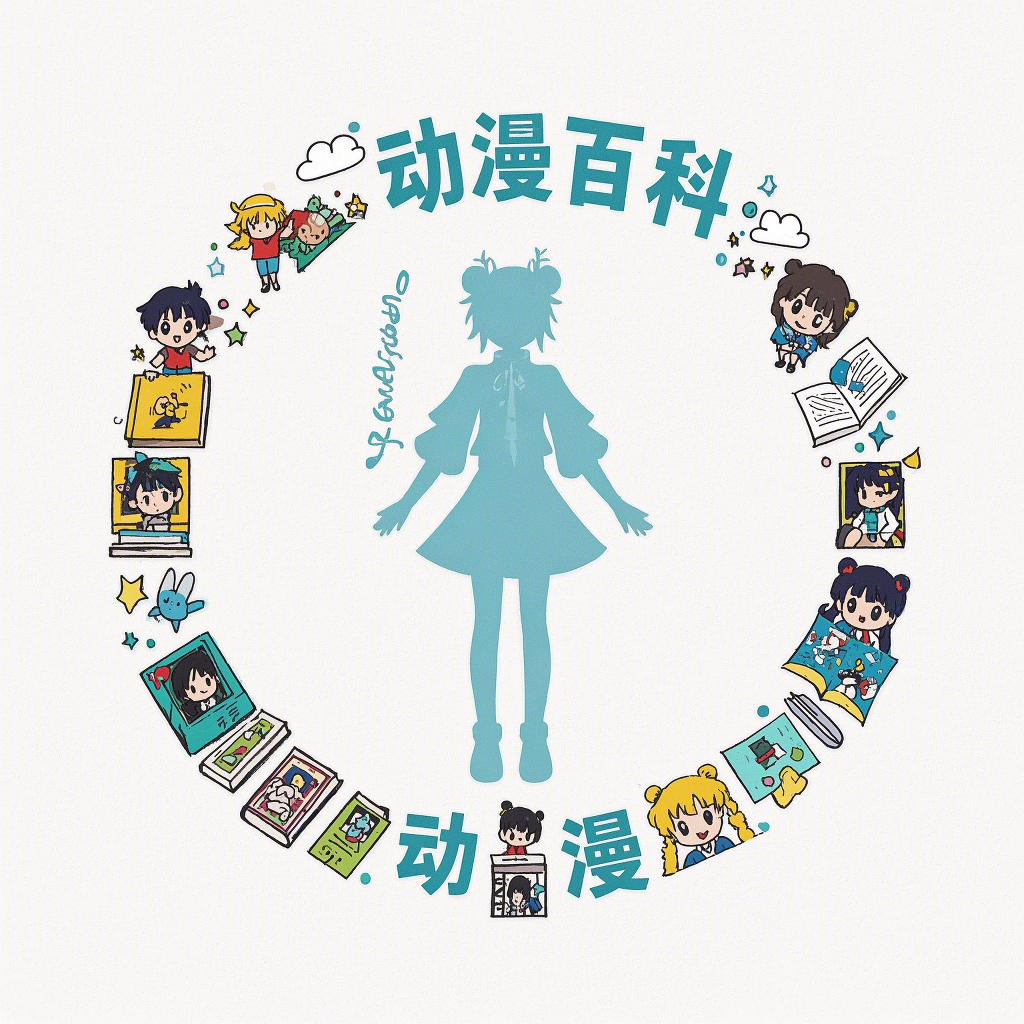Anime, a Japanese term for animation, has captured the hearts and minds of audiences worldwide. This article delves into the world of English essays on anime, exploring various aspects that contribute to its magic. From the unique storytelling techniques to the cultural impact, we will embark on a journey that celebrates the art form’s diversity and appeal.
The Evolution of Anime
Early Days: The Genesis of Anime
Anime’s roots trace back to the early 20th century when the first animated films were produced in Japan. The early days of anime were characterized by simple, two-dimensional characters and limited animation techniques. However, these early works laid the foundation for the vibrant industry that anime has become today.
Golden Age: The 1960s and 1970s
The 1960s and 1970s marked the golden age of anime, with the rise of iconic series like “Astro Boy” and “Kimba the White Lion.” This era saw the development of more sophisticated animation techniques and the introduction of complex characters and narratives.
Modern Era: The 1990s to Present
The 1990s and beyond have witnessed a surge in the popularity of anime, with the advent of new technologies and distribution channels. Today, anime enjoys a global audience, with a plethora of genres and styles available to cater to diverse tastes.
Storytelling Techniques in Anime
Character Development
One of the hallmarks of anime is its focus on character development. English essays often discuss how anime creators craft relatable and multi-dimensional characters, allowing audiences to connect with the stories on a deeper level.
Example: In "Attack on Titan," the protagonist Eren Yeager's journey from a naive child to a determined soldier is a testament to the depth of character development in anime.
World-Building
Anime excels in creating immersive worlds that are both fantastical and believable. English essays often analyze the intricate details of these worlds, exploring the cultural, historical, and social aspects that shape them.
Example: "Sword Art Online" presents a virtual reality world where players must navigate a dangerous game to escape their digital lives, showcasing the potential of virtual reality in storytelling.
Themes and Messages
Anime often explores thought-provoking themes and messages, ranging from the philosophical to the political. English essays frequently examine these themes, providing insights into the deeper meanings behind the stories.
Example: "Your Name" delves into themes of destiny, love, and the interconnectedness of people, making it a poignant and relatable tale for audiences worldwide.
Cultural Impact
Globalization
Anime has played a significant role in the globalization of Japanese culture. English essays often discuss how anime has influenced fashion, language, and even cuisine in various parts of the world.
Social Commentary
Anime has also been a platform for social commentary, addressing issues such as war, poverty, and discrimination. English essays frequently analyze these aspects, highlighting the importance of anime as a medium for social change.
Artistic Influence
Anime has influenced various artistic mediums, including film, television, and video games. English essays often explore the cross-pollination of ideas and techniques between these mediums, showcasing the interconnectedness of the entertainment industry.
Conclusion
Anime has evolved from a niche art form to a global phenomenon, captivating audiences with its unique storytelling techniques and cultural impact. English essays on anime provide valuable insights into the art form’s magic, allowing us to appreciate its diversity and appeal. As anime continues to grow and adapt, it will undoubtedly continue to enchant and inspire audiences for generations to come.
